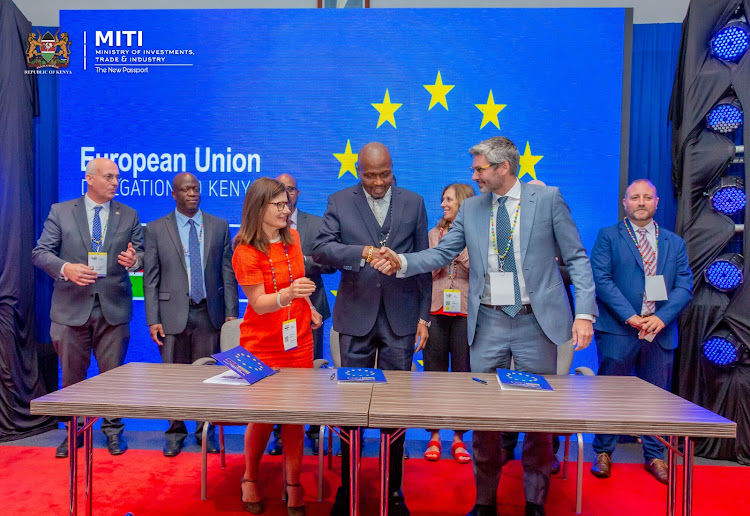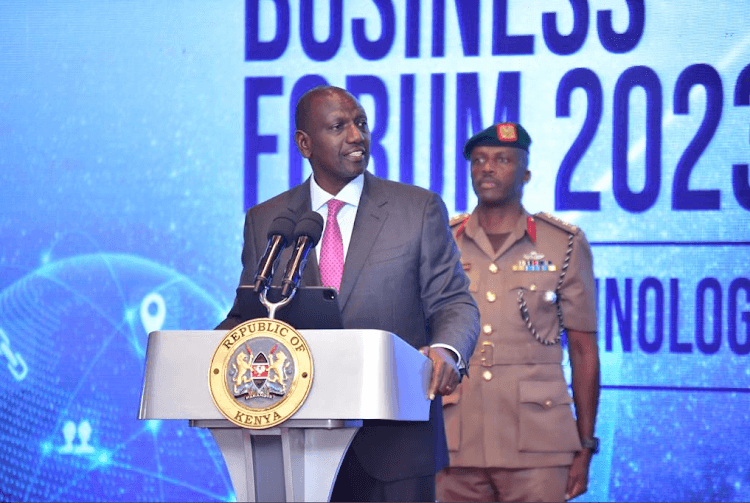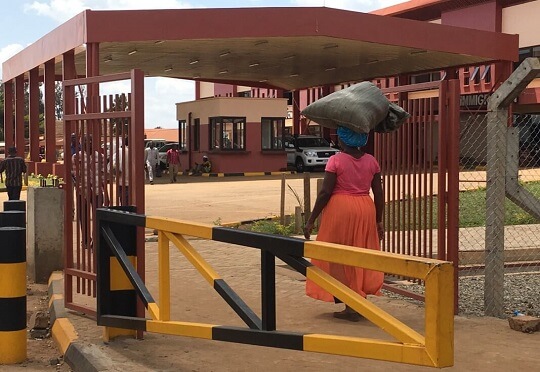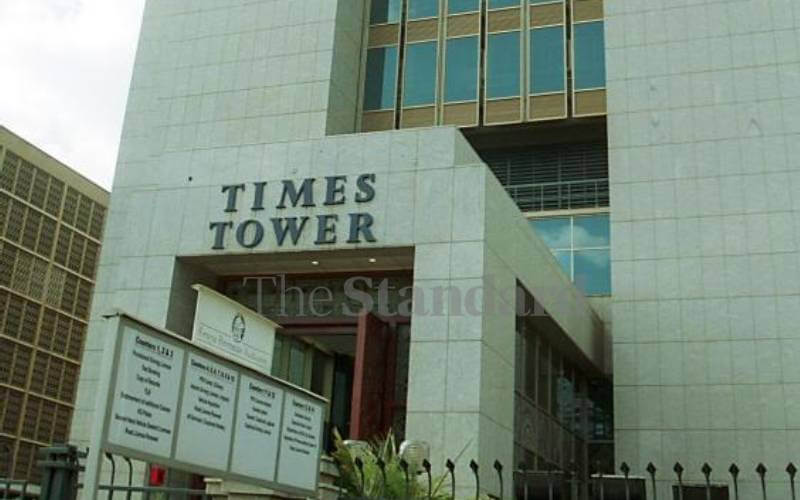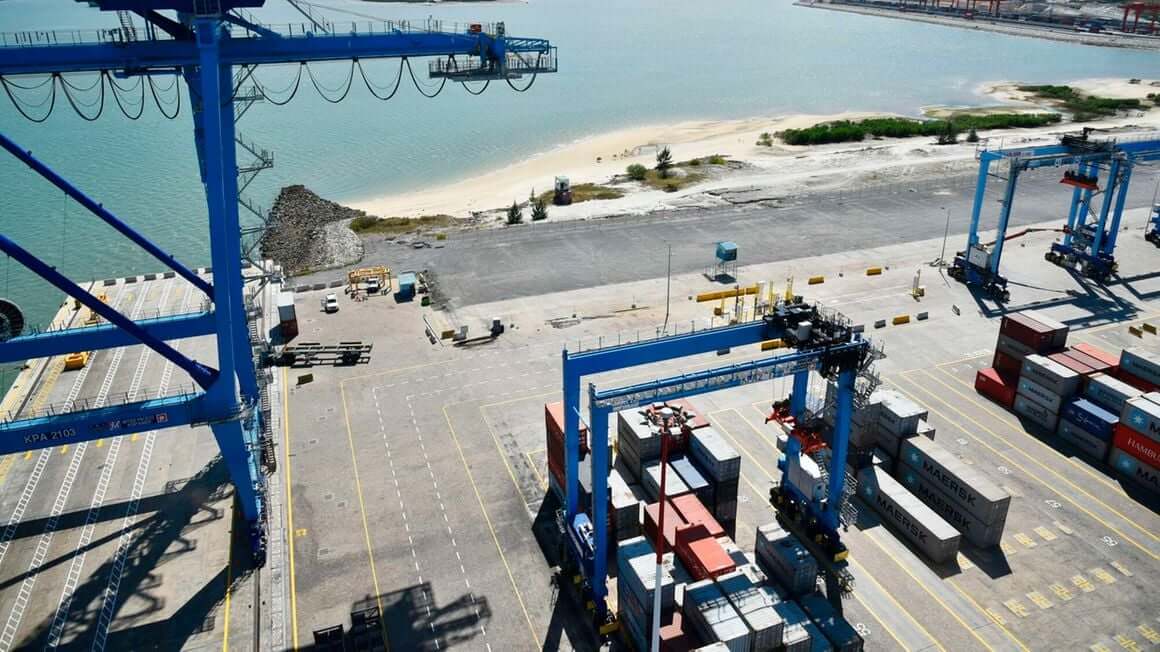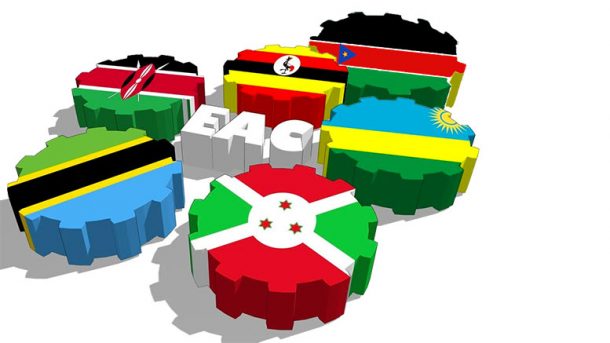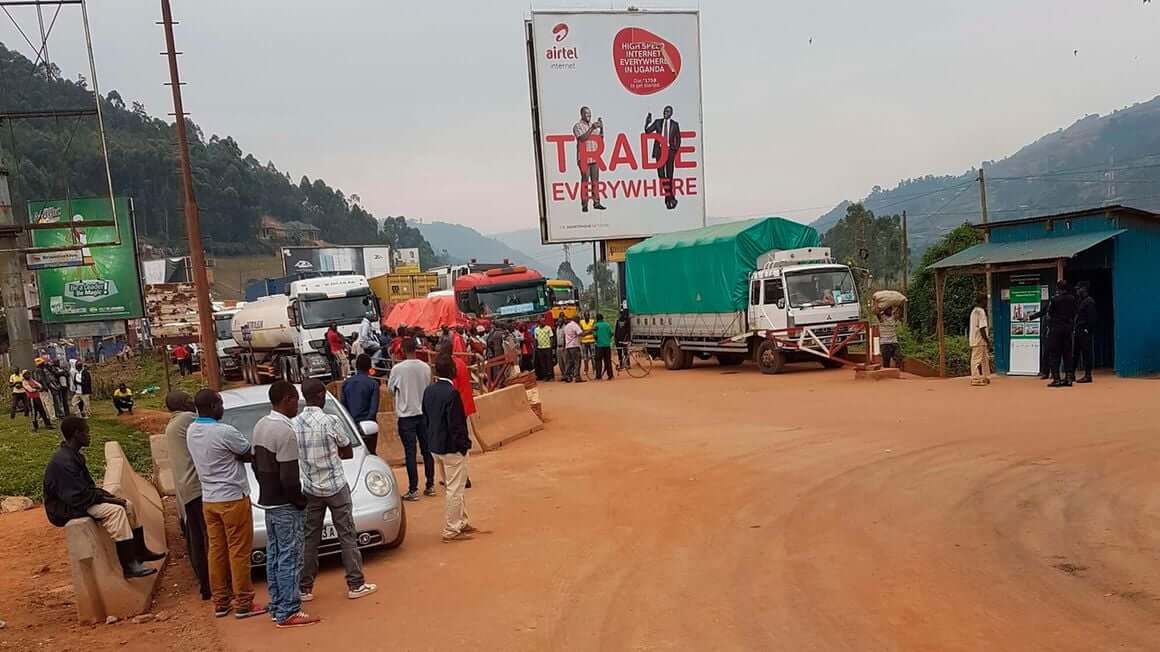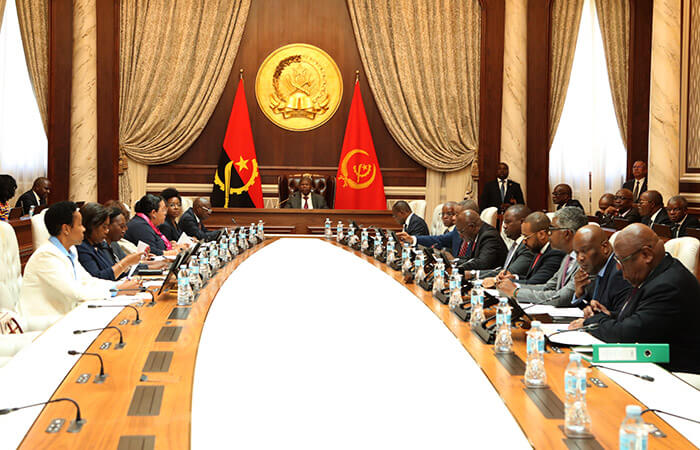Trade CS Moses Kuria on Tuesday signed the Business Environment and Export Enhancement programme. In a statement, Kuria said the BEEEP programme is a €25 million (Sh3.3 billion) EU grant-funded project implemented by Trade Mark Africa. "It consists of €20 million (Sh2.6 billion) of export promotion, a green ring of value chains and using digitalisation and other means to make trade faster and easier," he said. Trade CS Moses Kuria during the European Union-Kenya business forum on February 21, 2023 Image: MOSES KURIA/TWITTER "Together with the Principal Secretary for Trade, Alfred K’Ombudo, PS for Investment Proportion Abubakar Hassan we joined other stakeholders from the EU delegation and witnessed the signing of the Business Environment and Export Enhancement," he said. He said €5 million (Sh672.2 million) will be dedicated to supporting the government in improving the investment climate and the ease of doing business at the national and county levels. Trade CS Moses Kuria and other dignitaries during the European Union-Kenya business forum on February 21, 2023. Image: MOSES KURIA/TWITTER Kuria said the move will focus on the full ecosystem of certain foods and supply chains and is aligned with the Government’s Integrated National Export Development Strategy. "We will open a deal book listing of submissions of company details, areas of interest in investment that will allow for follow-up from my ministry," he said. "I welcomed the delegates to the APSA, TFTA and KIICO conferences later this year as we seek to grow trade in Kenya." Trade CS Moses Kuria and other...
CS Kuria signs European Union BEEEP programme
Posted on: February 23, 2023
Posted on: February 23, 2023

